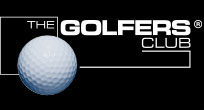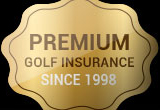We recently caught up with PGA pro Eddie Hammond on how to fix a slice and straighten up your golf game.
Here’s what he had to say…
How to fix a slice
For me, one of the main reasons golfers slice a ball is down to visual misconceptions—often called parallax.
As we address the ball, we stand to the side looking across at the target which causes a shift of the body alignment to where we perceive the target to be. This adjustment in alignment causes an over-the-top ‘pulling’ action into impact.
The more a right-hander swings left to stop the ball from slicing right, the more likely it is that the clubface will be open to the path, which causes a slice. This clubface usually feels like a powerless glancing blow or side swipe.
Why is the slice so common?
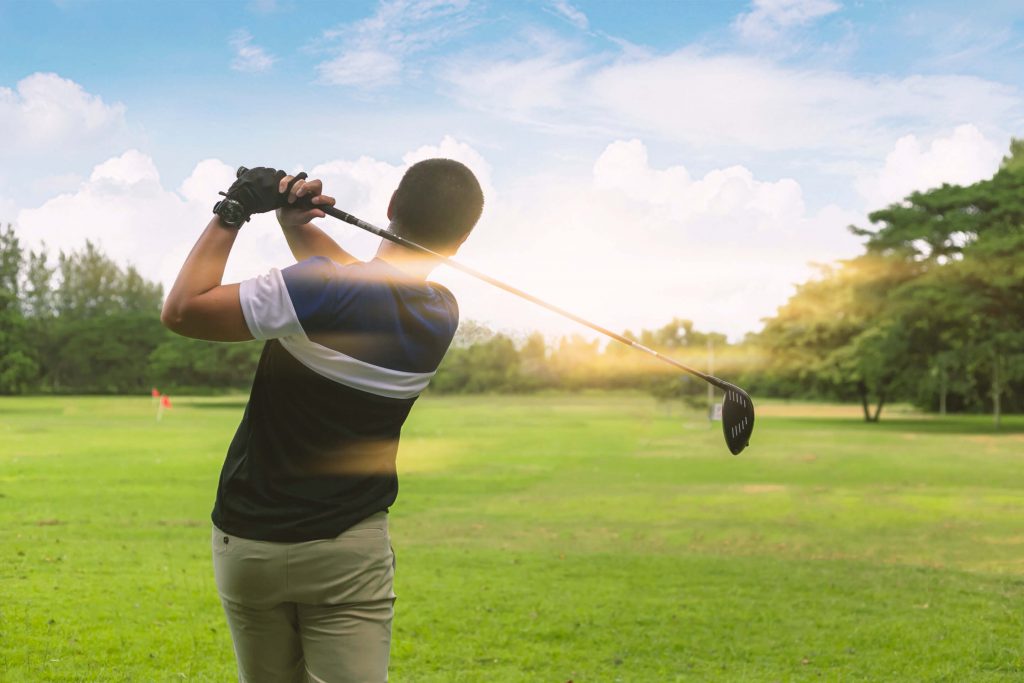
Clearly, poor technique is the underlying cause of a slice, but you could also put it down to poor understanding of what makes the golf ball go where it goes.
In many ways, golf can be a game of opposites. For example, if you want to curve the ball from right to left, you need to swing the club more right of the target. And it’s very hard, when you’ve just seen the last half a dozen shots slice to the right, to then attempt to swing the club in that same direction.
How to fix a slice: what should you check?
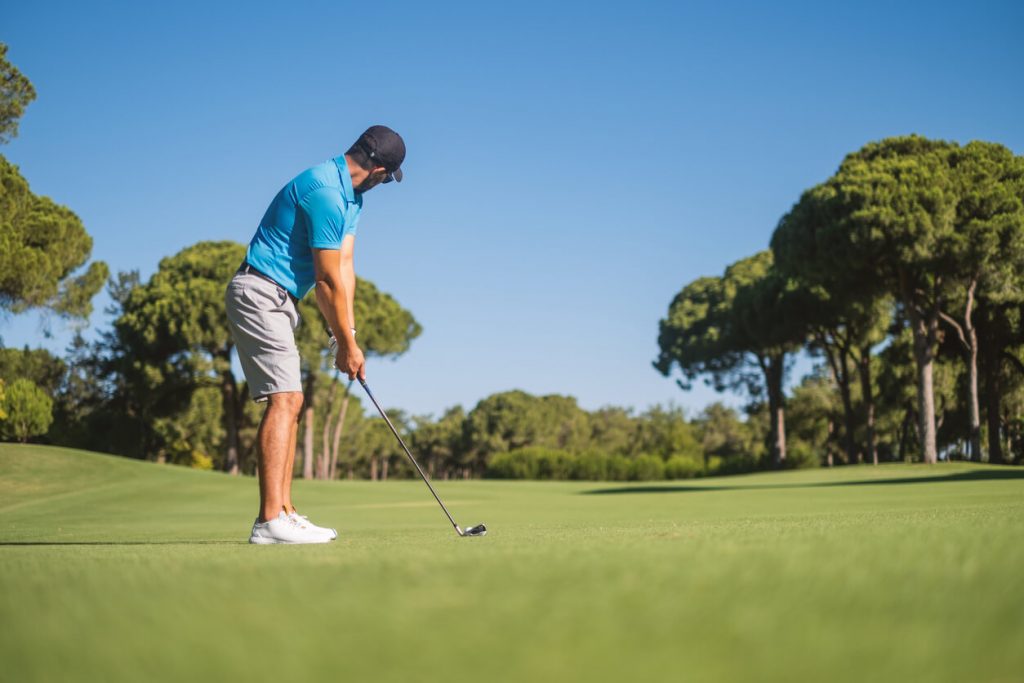
Start with your set-up position, as there are several factors before the club even moves that can set you up for a slice. Some of the reasons we slice the ball include:
- Body alignment not being parallel to the clubface
- A weak grip with hands rotated too far towards the target
- Ball position too far forward in the stance
- Poor posture
- Too much weight in the heels
My best advice for fixing any swing problems is to visit your local PGA Professional, who’ll be able to guide you in the correct way.
How to fix a slice: things to try
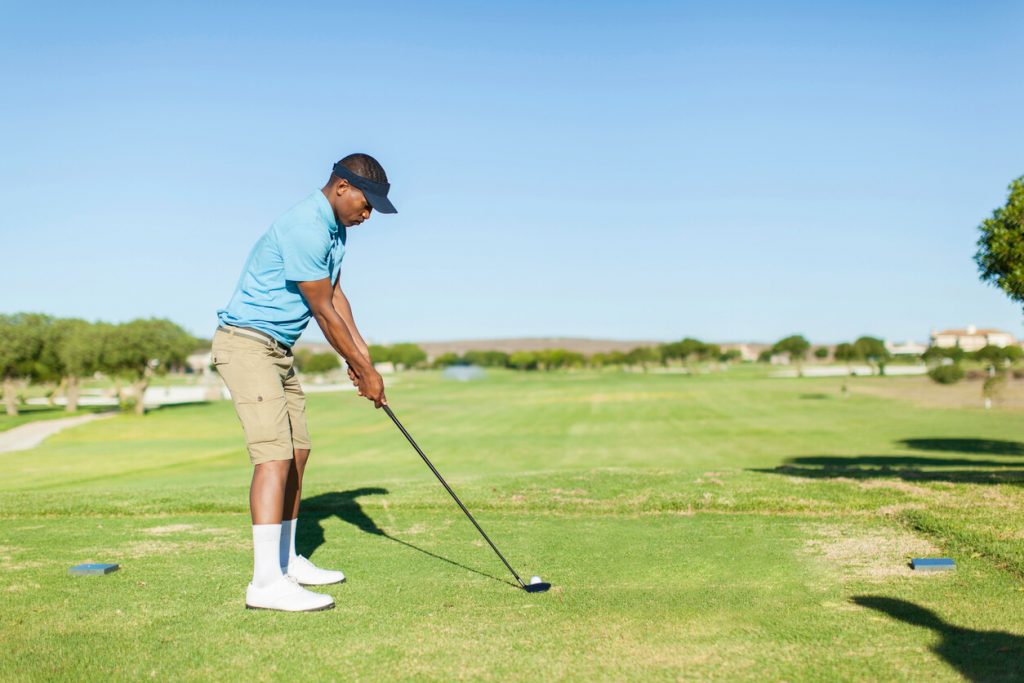
Try these when looking at how to fix a slice.
1. For anyone with experience of playing other sports, there’s quite often a transferrable skill that can be used.
Whether it’s throwing a rugby ball, playing a top-spin forehand, or recreating a famous David Beckham free-kick into the top left corner, there’s usually something.
My favourite is the free-kick. As a right-hander, imagine the club shaft as your right leg and the heel/toe of the clubhead as your foot. Think about what angle you would approach the ball from and how you would move your foot through the ball to impart the required spin.
2. If you have a practice area where you’re able to hit shots with the ball above your feet, try hitting some and notice the added feeling of rotation in your arms throughout the swing, especially just prior to and after impact.
Think about what must happen for the sole of the clubhead to match the angle of the ground, creating a solid contact. After a few shots, you should hopefully start to see the ball flight straighten up and possibly even move with a little draw shape. After you’ve hit a few, move on to a more neutral area of ground and attempt to recreate the same. Some driving ranges will have specially designed mats that are sloped to create different lies such as ball above and below feet.
3. The split-grip drill will help you feel rotation in the swing, too. With a 7-iron, keep your top hand where it is and slide your lower hand to the bottom of the grip. From here, make some swings back and through, noticing how your lead arm folds on the way through. You should also feel how the grip end slows down through impact, and the right arm rotates over the left and hinges back up into the finish.
4. Hold the club out in front of you, level at the horizon with the clubhead level with your chin. From here, make swings around your body, keeping the clubhead level with the horizon, and look for any changes.
For instance, has the clubhead dropped in the backswing? Most slicers will notice that when the clubhead returns to the start, it’s coming from above the horizon, swinging across and downwards. Try repeating the exercise and have the clubhead travel more upwards from low to high through impact. Notice the feelings you are creating—possibly a more folded trail arm as you approach impact or more rotation in the arms through impact. See if you can hit some shots from a normal address position while maintaining these new feels.
What other factors should you consider when working out how to fix a slice?
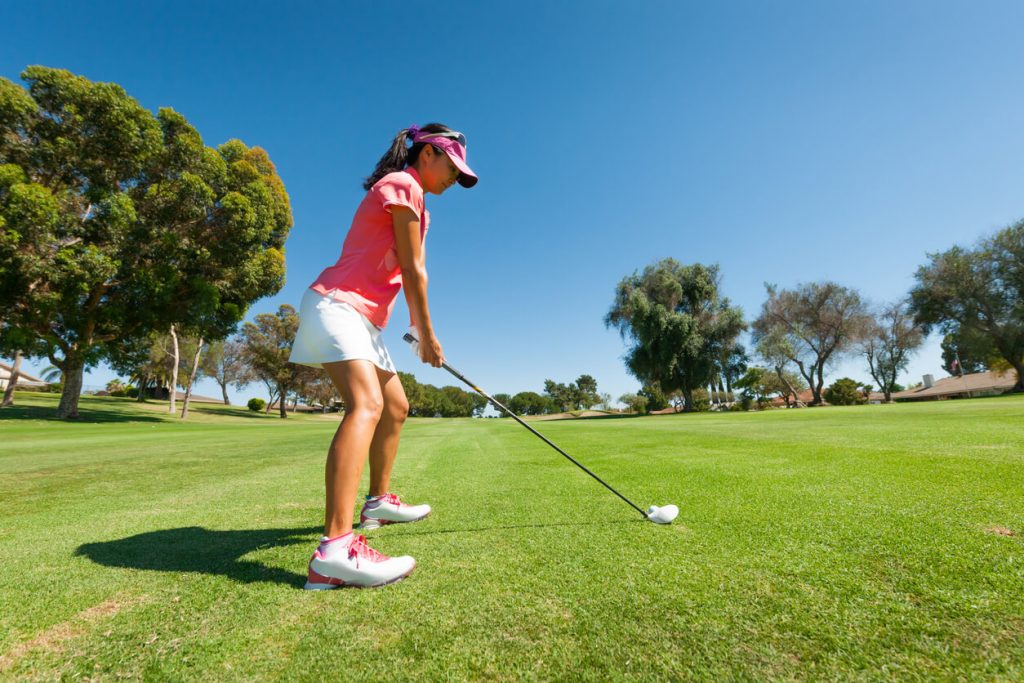
For somebody who plays golf from the opposite side to their dominant arm, it’s worth noting that the lead arm being the stronger arm can overpower the downswing and pull both arms out in front of the body, causing a very outside-in path through impact.
We hear a lot about the search for a straight lead arm. Yes, a straight lead arm can add width and power to a swing, but it can also add tension. This added tension and stiffness in the lead elbow can delay the squaring of the clubface and leave it open through impact.
About Eddie Hammond
Eddie is the Head Assistant Professional at Moortown Golf Club in West Yorkshire. He is originally from Sheffield and moved to Moortown in 2005, qualifying as a PGA Professional in 2010. Eddie is also a Titleist ambassador.
